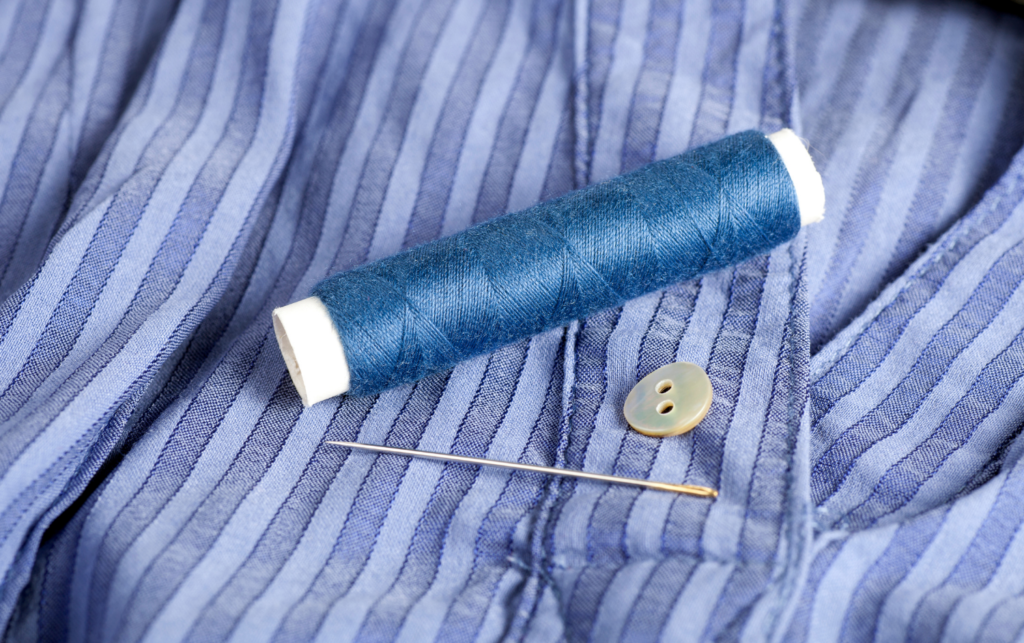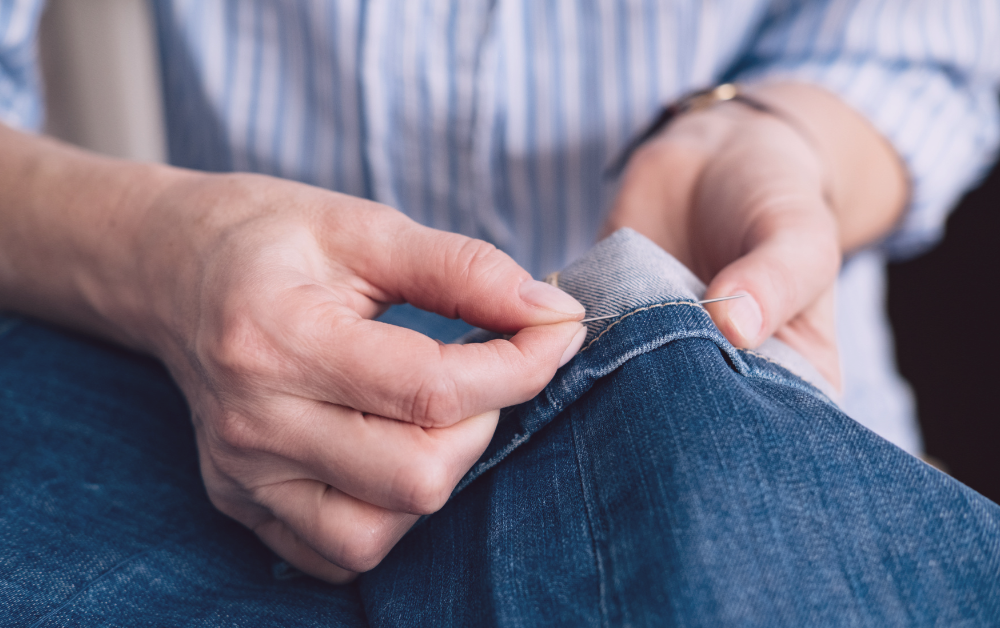Greenhouse gas emissions can be reduced by 44% if a garment’s lifespan can be doubled (Ellen MacArthur Foundation, 2019, p. 23). Manufacturers, brand designers, and consumers can work together to extend the longevity of clothing.
Consumer textile product expectations
Cotton Inc. (2021) notes disappointing trends toward disposability in recent years. The market share of fast fashion brands has grown 69% since 2010, but in the last 15 years, overall fabric weights have declined 16%, meaning that clothing does not last as long and can be worn only a few times. The good news is that 85% of global consumers state that durability is an important attribute they seek for their clothing. In 2010, consumers expected t-shirts to last only 2.5 years and jeans 4 years, but in 2020, they expected t-shirts to last 4.5 years and jeans 5.1 years.
Incentives for improved longevity
Since the pandemic began, a Cotton Inc. study found that 74% of consumers plan to limit their wardrobes going forward, and 80% plan to focus on lasting, classic pieces. Additionally, 52% of those surveyed are receptive to paying more for better quality garments, and 62% believe that fiber content is part of what determines their clothing’s longevity (Salfino, 2022). Of course, caring for clothing is a consumer’s responsibility as well, and 57% of consumers are willing to repair items to prolong usage (Granskog et al., 2020).
While cost is usually a concern for consumers, many are coming to realize that durability affects cost. While 49% of consumers state that durability is very important in their purchase decisions, a full 70% of consumers are likely to seek durability enhancement features to extend the life of the clothing they purchase (Salfino, 2022). Saving money through reduced launderings enables consumers to be less wasteful and saves them time and money in the long run. For example, if consumers could extend their activewear use from a single wearing to seven wears before laundering (made possible through odor control features), there would be an 86% savings in CO2 emissions, water consumption, and time (IAC, 2021). Purchasing quality products with built-in performance capabilities is a win for both consumers and the environment.
Continually improving the garment lifecycle
Management firm Kearney created a Circular Fashion Index to evaluate and rank companies’ efforts to extend the lifespans of their apparel. A recent report highlights three brands operating in Europe as “communicating openly” that their products last longer. Levi Strauss, The North Face, and Patagonia offer repair and maintenance services, incentivize garment take-back, and invest in secondhand platforms (Chua, 2020). Patagonia has even run an advertisement arguing that consumers should “Buy Less, Demand More” (Salfino, 2022).
In conclusion, there has been progress and there can be much more when it comes to encouraging brands and consumers to prioritize durability in clothing. The benefits of changing the fast fashion mindset will have a wide-ranging impact.
References
Chua, J. M. (2020, December 28). Just 3 out of 100 fashion brands making ‘acceptable’ circularity progress. Sourcing Journal. https://sourcingjournal.com/sustainability/sustainability-news/kearney-fashion-circularity-patagonia-north-face-levi-strauss-resale-repair-252469/
Cotton Inc. (2021). Things to know about clothing durability. https://www.cottoninc.com/market-data/supply-chain-insights/things-to-know-about-clothing-durability/
Ellen MacArthur Foundation. (2019, September 26). Completing the pictures: How the circular economy tackles climate changes. https://www.ellenmacarthurfoundation.org/assets/downloads/Completing_The_Picture_How_The_Circular_Economy-_Tackles_Climate_Change_V3_26_September.pdf
Granskog, Al, Lee, L., Magnus, K-H., & Sawers, C. (2020, July 17). Survey: Consumer sentiment on sustainability in fashion. McKinsey. https://www.mckinsey.com/industries/retail/our-insights/survey-consumer-sentiment-on-sustainability-in-fashion
International Antimicrobial Council (IAC). (2021). Unscentsored Newsletter. Salfino, C. (2022, February 17). Why brands should focus on durability aspect of sustainability. Sourcing Journal. https://sourcingjournal.com/topics/lifestyle-monitor/durability-sustainability-apparel-cotton-inc-mckinsey-state-of-fashion-thredup-329196

Degrowth and the Fashion Industry
Between 2000 and 2014, consumers increased their apparel purchases by an average of 60%, with 85%...

Improving the Longevity of Clothing
The fashion market continuously evolves as trends change. In the past, consumers have faithfully...

Is the Fast Fashion Industry in Decline?
Fast fashion brands produce trendy clothes at an affordable price, and they release new designs...
